Options abound in the remodeling industry, but for many homeowners there’s one clear choice. There’s a reason they prefer to hire a design-bid or design-build firm to guide them.
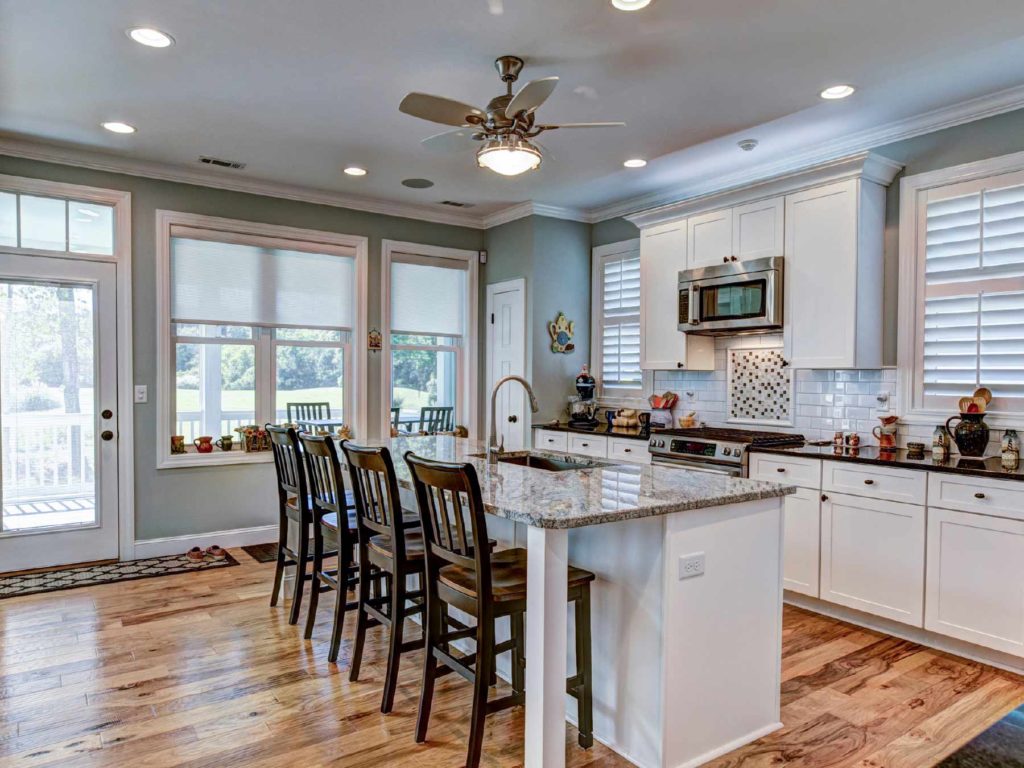
One of the most important decisions you can make in a remodel involves who you hire. The options abound, and so do the results. Some remodelers are little more than a one-man crew; others are all-encompassing teams that work like a well-oiled machine.
Each approach has its advantages, but many a Chicago-area homeowner prefers to put their trust in a high-quality remodeling firm. In this region, there are two common options: the design-bid firm and the design-build firm. With design-bid, clients work with a designer to select materials, layouts and a budget before seeking an outside contractor. With a design-build firm, everything from design and budgeting to construction is kept in-house.
Which option is right for you? That depends entirely on your needs and desires. The important thing to remember is that you have a partner who’s with you through every step of this complicated process.
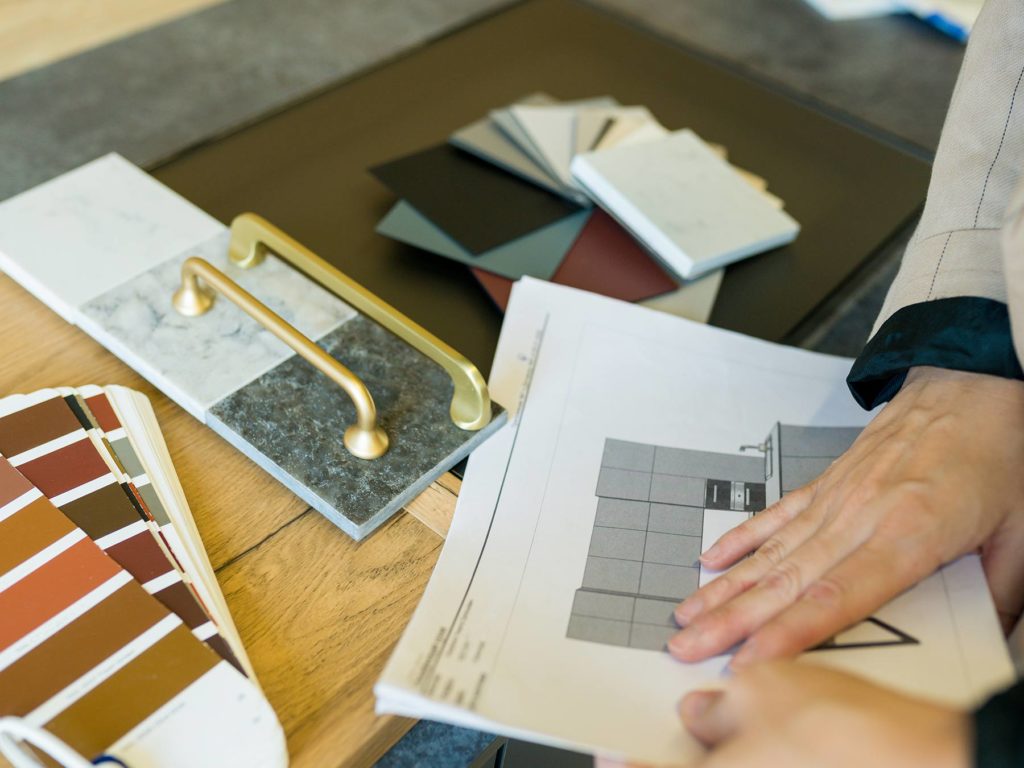
Start at the Showroom
Homeowners often jump into a remodel with few ideas of where they’re going. While they might know what styles they like and cost ranges they prefer, there are many other details that are yet beyond reach. A visit to the showroom is perhaps the best way to begin educating oneself.
“We invite people to come here first,” says Megan Lebar, a designer at Blue Ribbon Millwork, 1401 S. Eastwood Dr. in Woodstock. “That’s our recommendation for a first step, so they can see what brands we offer of cabinets, countertops, undercabinet lighting and every other detail.”
Inside Blue Ribbon’s showroom, displays abound – not just in the racks of stone samples and door styles but in the more than one dozen kitchen and bath vignettes. Designers like Lebar and her counterparts – Kelsey Bechtel and Carmen Haddaway – can navigate clients through those initial questions and beyond.
“We’re happy to work with a client as much or as little as they need,” says Lebar. “If they want us to do the whole design from start to finish, we have the overarching perspective to bring together that big vision. I can do cabinets, countertop, faucet, undercabinet lighting. We can even make recommendations about selecting a paint color.”
Blue Ribbon is a design-bid firm, so its specialty lies in the design and material selection processes. Such firms prioritize quality and personal connection, leveraging their relationships with national brands and local suppliers to ensure a high-quality product that’s backed up with customer service and warranties.
While Blue Ribbon doesn’t have contractors and installers in-house, the design team has a network of trusted general contractors. As a bonus, the designer coordinates with the client and contractor from start to finish. This typically includes an on-site walkthrough with the contractor before cabinets are ordered, and communication between the contractor, countertop installer and other parts of the process, thus ensuring a smooth experience.
This sort of approach is advantageous to many types of clients, but Bechtel and Lebar find design-bid is particularly appealing to those who want ownership over a project.
“If they already have some people slated for certain parts of their project, this is a good direction to go,” says Bechtel. “Some people come to us and say, ‘I have a builder or a carpenter I love working with and he’ll take care of X, Y and Z for me. So, I really only need cabinets, hardware and some design input.’”
At Blue Ribbon, the process begins with an initial, complementary consultation – a standard among many firms. This initial consult brings a flurry of brainstorming, as clients express their interests and the designer shares what’s possible.
“We show good, better, best for cabinets and other materials, which is important because I think some clients don’t have a good idea of where the starting price points lie,” says Lebar. “We have example kitchens priced out with each of our cabinet lines. So, for a 12-by-12-foot kitchen, we can give you some ballpark numbers to start with.”
From this initial consult, expect a follow-up meeting at home and a final design presentation with an itemized cost. From there, Lebar, Bechtel and Haddaway can recommend a reputable contractor who then quotes the labor. This approach gives flexibility to the client, who can opt to have the supplier install things such as flooring or tile backsplashes, if desired.
“We typically only recommend general contractors,” says Lebar. “So, the homeowner won’t have to worry about every subcontractor and coordinating multiple schedules. If the contractor is quoting from A to Z, the only thing that should change is if the client chooses to add something to the project or design.”
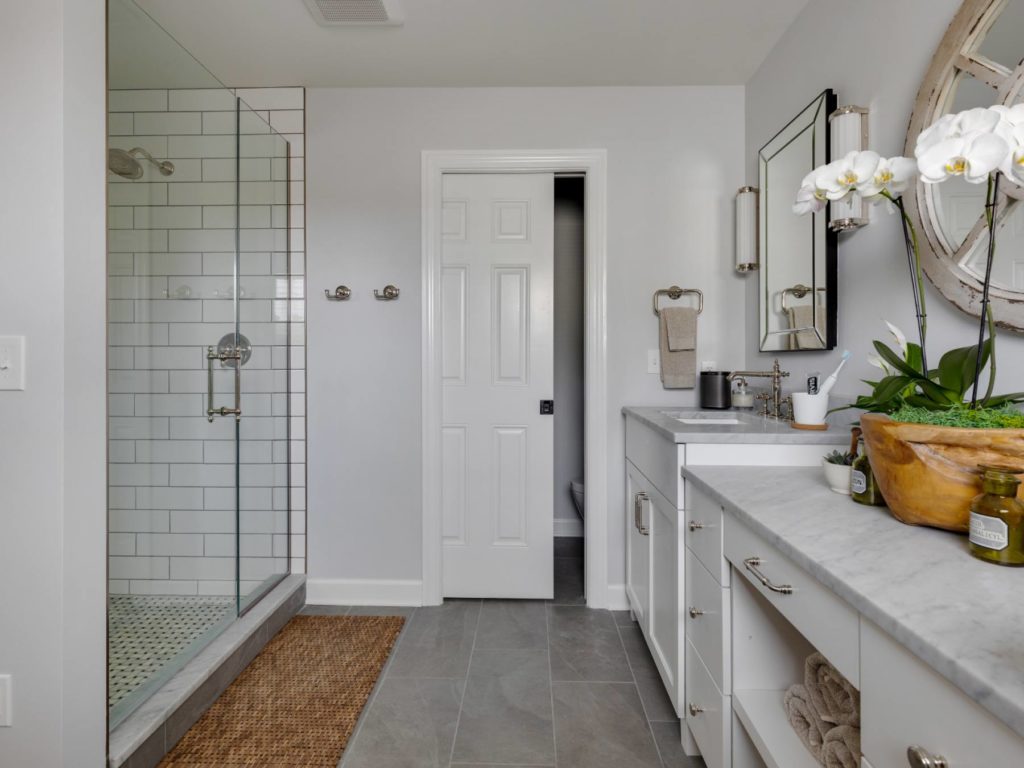
Design-Build: Beyond ‘Three Bids’
We’ve all heard it – that old wisdom that suggests you call three contractors, gather three bids and then make your choice. But is it really so wise? Brad Hogan, COO of Hogan Design & Construction, 21 N. Sixth St. in Geneva, believes this approach has outlived its usefulness.
“The big issue we see is that you’re going to get three separate scopes of work because there’s not a clear plan in place,” he says. “So, you’re getting three different people quoting three separate scopes of work, and you’re bidding three types of materials. Plus, they’re doing everything they can to get the project, so they’re doing what they can to keep numbers as low as possible. Once you sign the contact, they adjust the price and, more often than not, it goes up.”
Design-build firms take a different approach. With these firms, design and construction are in-house and the quoting process is upfront, so clients receive a quote based on actual selections and work. Perhaps the biggest advantage to design-build is that there’s little guesstimating beyond that first meeting.
“We have the ability to really understand your pricing. That’s a huge advantage,” says Hogan. “A lot of contractors doing three-bid process are putting allowances into everything. So, there’s an allowance for cabinets and countertops and backsplashes and faucets and lighting. What happens is that every time your selection goes over the allowance, your project costs get higher and higher.”
When clients first call for a consultation, Hogan begins with an at-home visit. He asks lots of questions about the project – what works in the home, what doesn’t, what needs do you have? Based on those answers, he can share common price points that reflect past jobs. If the client likes what they see, then it’s time to sign a design contract, which kicks off the process of selecting materials and laying out the kitchen, bathroom or other space. There’s also a walk-through involving Hogan, a project manager and several tradesmen, who review the scope of labor. Then, it’s time for the final quote.
“We try to make everything clear,” says Hogan. “We hand out a folder at the end of the consultation, assuming they’re going to move forward, and it clearly highlights the stages in our process, so they can understand what to expect.”
Communication remains a key part of that process, particularly when it comes to budgeting.
“When you use the three-bid process, customers can typically expect a 20% swing between the quote and the final cost, and that’s kind of an industry standard,” says Hogan. “In our process, it’s closer to 3%, and more often than not it’s customer-driven, like when something changes after the fact.”
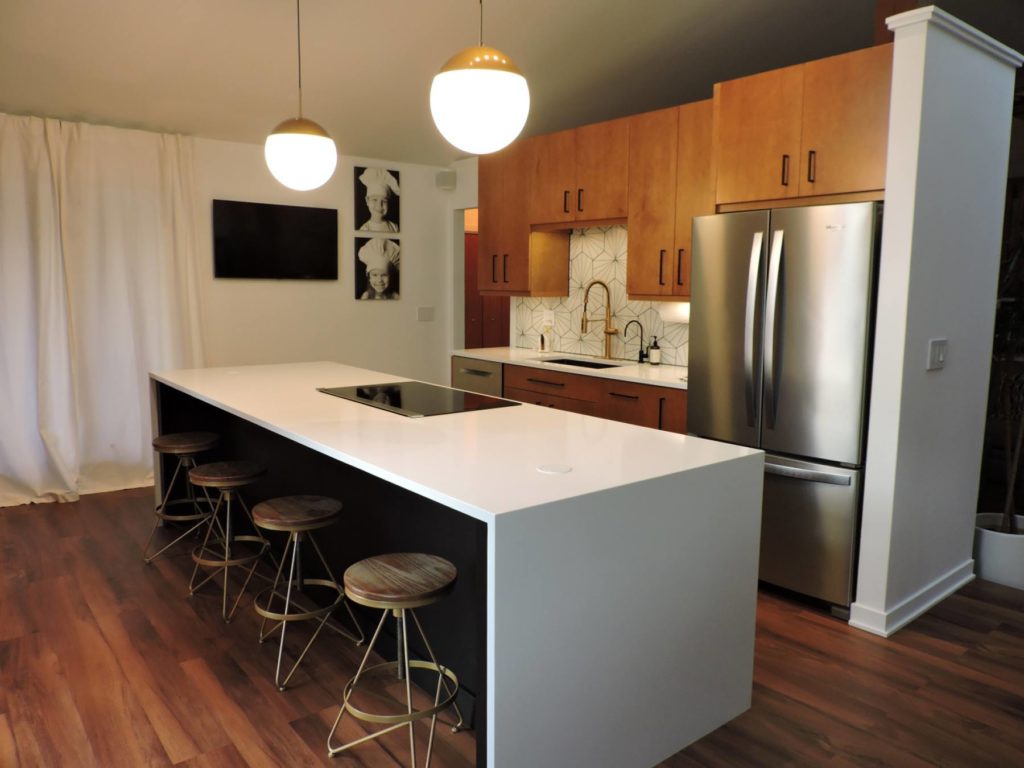
Common Sense Remodeling
When Todd and Christine Jurs teamed up 22 years ago to form Advance Design Studio, 30 Railroad St. in Gilberts, their concept of joining design and contracting seemed like a novel idea. Now, they label their design-build process as “common sense remodeling” – a reminder that the right process should simplify what’s typically a complex undertaking.
“Common sense begins with having a direction in the design and being able to identify a number range for the homeowner, so they can use that plan going forward,” says Christine Jurs, who’s been a designer for more than 20 years. “A good plan helps them to make decisions about what they want, what they don’t want and what their budget will allow them to do. It puts them in the driver’s seat as they go through the design process.”
For Advance Design Studio, the process starts with a complementary consultation and a preliminary design direction. Once the client signs a design contract, it’s time to start putting actual numbers to the job. This is a give-and-take process, as clients select materials and the designer helps them to stay on budget. Because so much of the work is in-house, the designer has a strong understanding of final costs, including labor.
“We develop a complete, cohesive package that says, ‘Here is what we have designed and chosen together, here are real numbers ton paper, and here’s a fixed design agreement that safeguards the homeowners from surprises and cost increases,’” says Jurs. “That safeguards the homeowners from surprises or cost increases as they go.”
Perhaps the biggest advantage of a design-build firm is the fact that everything is coordinated through a single source, Jurs adds. This is especially appealing to clients who don’t want the responsibilities of coordinating a remodel. It’s also advantageous in big and complex projects where there’s a high magnitude of work, perhaps affecting multiple rooms or causing major structural changes.
“When a challenge arises – because a project of any magnitude always has a hiccup – not only will we resolve it quickly and efficiently, but we might do it without the client even being involved, because we’re so well integrated,” says Jurs. “And what’s more, we can arrive at a fixed price on a project easier because it’s all controlled and designed and figured upfront. A lot of the stories you hear about nightmare remodels come from uncertainty over what the project would cost during the beginning stages of the project.”

Finding the Right Partner
While everyone has a different idea of what’s right for them, local remodelers agree there are plenty of ways to know you’ve found the best partner.
For Hogan, it comes down to communication. His brother, Brian, founded Hogan Design & Construction in 2000 after finding that subcontractors were slow to respond to his house-flipping projects. Today, the team makes a priority of updating clients through every step of the process. So, if you’re working with someone who’s slow to respond, Hogan’s suspicions arise.
“Sometimes, I’ll do a consultation and follow up with a customer to see if they’ve made a decision. They’ll tell me, ‘Well, I’m still waiting on this and this from the other contractor,’ and that can go on for weeks,” says Hogan. “It’s something to notice on the front end. If you’re waiting, even just for them to call you back, that’s a red flag. If they’re not doing what they said they’re going to do and this is the part where they’re trying to impress you, I can’t imagine what it’s like when they’re actually doing the work.”
Good designers also position themselves as good collaborators. When the Hogan Design & Construction team was approached by a Wheaton couple with unusual design tastes, Hogan’s team landed the job in part by putting the client first.
“They had interviewed several design firms, but they chose us because we told them, ‘We can push our taste onto your project, but if that’s not what you want, that’s not what we’re going to do,’” recalls Hogan. “We’re going to do what you want so that it fits your taste.”
For Bechtel at Blue Ribbon, there’s a certain “gut feeling” that’s informed by many small clues. A good designer asks lots of questions, listens carefully and leaves the customer feeling educated and confident in the end product. Good designers also reflect their knowledge of the industry, and it’s a good chance they bring several years of experience to bear.
“The best designers are good navigators and good advocates,” says Bechtel. “You should feel confident they are going to do a great job for you and be personally invested in your project.”
Perhaps the single factor homeowners most take for granted is the documentation, says Jurs. Not all companies disclose their costs line by line, as Advance Design does. And not all contractors supply a proposal that covers the minutiae.
“I’ve seen hand drawings on paper that aren’t very detailed and proposals that are one or two pages and aren’t very detailed,” Jurs says. “Maybe there’s no legal contract. They have no stipulations that, if this happens, then this happens. I would ask to see the documentation.”
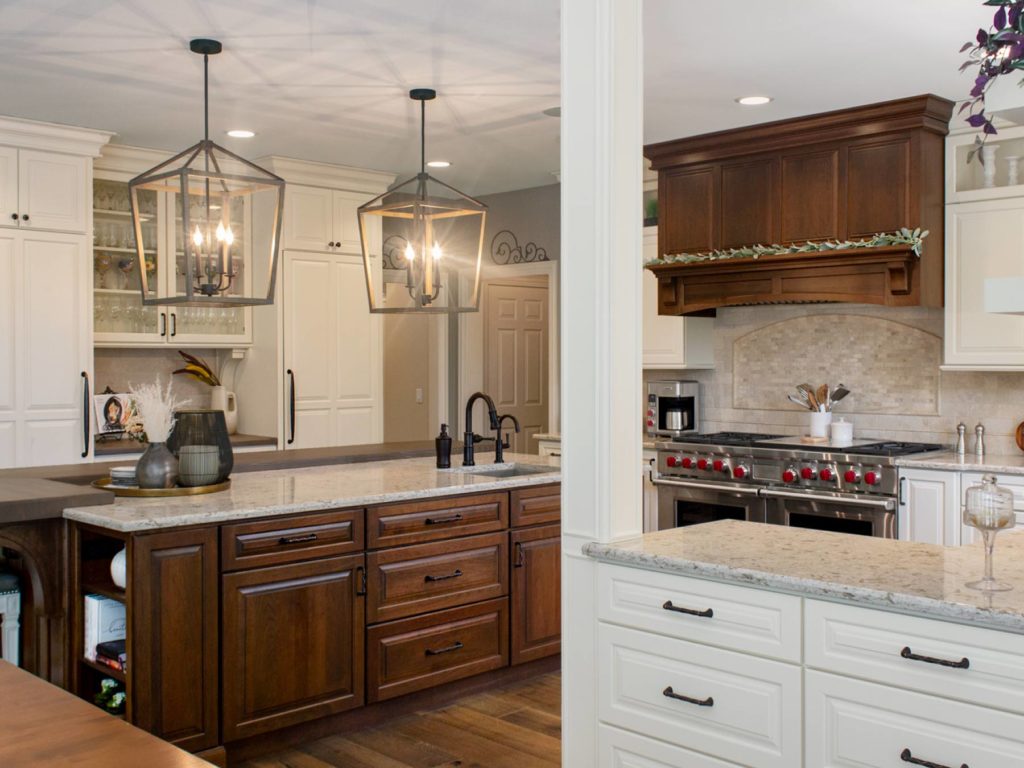
Be a Smart Shopper
As you search for the right remodeling partner, it’s important to do a little homework. Search the company’s website and look at its past projects. Seek the company’s project boards and verified reviews at the website Houzz.com. Reputable firms will have a long trail of happy references, online and on paper.
“We provide a list that probably has over 100 clients in every direction from our office,” says Jurs. “And we encourage people to contact those clients and go see them. It might be a little bit of work, but when you look at spending significant amounts of money and working with these people for as much as a year, who you choose is so important.”
Hogan believes it’s also important to be prepared. Before you start calling around, establish a list of exactly what you need and what questions you want to ask. This ensures a more “apples-to-apples” comparison between bids and avoids the inevitable “scope creep” where each bid includes new, perhaps more complex, facets.
“If you have a place where your needs are written down and clear, you can avoid that scope creep,” he says. “And if you do decide to make a change, then make sure everybody knows it’s changed.”
Finally, when you’re working with a designer, trust in their recommended suppliers, Jurs adds. When problems arise, their relationships with these vendors can help to resolve the problem quickly and efficiently. Jurs has seen many cases where someone ordered their own materials, only to discover a serious flaw upon delivery or installation.
“If the homeowner purchases it on their own, they’re now responsible for replacing it,” says Jurs. “Whereas, if it’s supplied by the design-builder or the general contractor, they take the responsibility of fixing the problem.”
Horror stories abound in the remodeling industry. With the right planning and research in advance, you can avoid becoming one of them.
“I have said for years that remodeling should be fun. It shouldn’t be a nightmare or something you dread,” says Jurs. “People tell us they’re scared to embark upon a project because everyone knows a story that went badly. This should be a really wonderful experience that is very enjoyable.”




















































